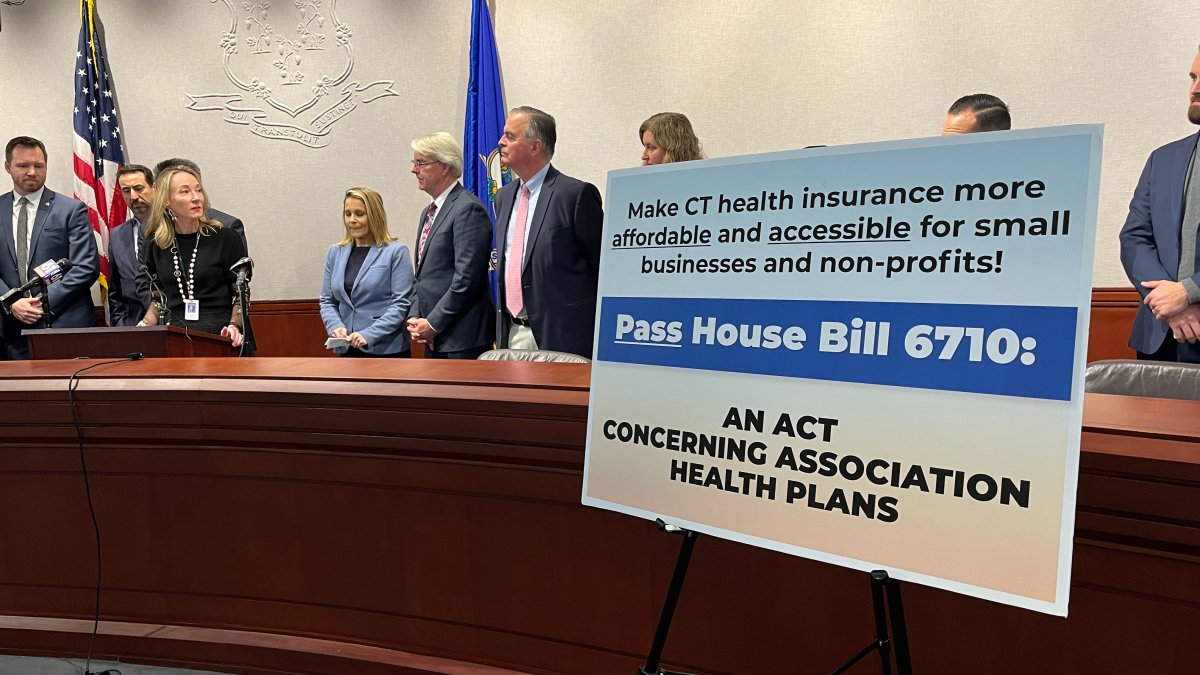Calls to hike depositors’ insurance limits in Canada mount

Canada’s $100,000 per account cap leaves seniors especially vulnerable, advocacy group says

Article content
A Canadian seniors advocacy group and at least two economists believe the limit on deposit insurance in this country should be increased in the wake of the collapse of California-based Silicon Valley Bank (SVB), which was shuttered by U.S. authorities after a bank run left the US$200-billion lender without enough funds to survive.
Advertisement 2
Article content
Canadian bank deposits are currently guaranteed by the Canada Deposit Insurance Corporation (CDIC), a federal Crown corporation established in 1967. But the amount depositors can get back in the case of a bank closure is limited to $100,000 per category of deposit, per financial institution. While there are some differences in the insurance regime south of the border, the U.S. limit is US$250,000 (or approximately $340,000) — nearly three-and-a-half times the Canadian cap.
Article content
Anthony Quinn, a spokesperson for the Canadian Association of Retired Persons (CARP), said the limit in Canada needs to double at least.
“For older savers, the RRIF accounts, for example, are still capped at $100,000 of insurance which could include lump-sum pensions, conversion of their RRSPs, or the equity from a home sold when downsizing. A substantial part of their savings are likely at risk with such a low threshold of CDIC protection,” he added.
Article content
Advertisement 3
Article content
Most industry observers believe the risk of a major bank failure in Canada is extremely low, given that the sector is dominated by a few large banks with diversified deposit bases. SVB’s business model, by contrast, focused mostly on technology start-ups, an all-eggs-in-one-basket strategy that some have blamed for its downfall.
Even so, Amir Barnea, an associate professor of finance at HEC Montreal, believes that when the SVB “dust settles,” Canada needs to revisit its insurance limit on deposits.
“This number needs a serious update,” Barnea said in an interview on March 13, while referring to the $100,000 figure, which was set by the CDIC in 2005.
“It should have been higher by 42 per cent, just to keep up with inflation … it doesn’t make any sense,” he added.
Advertisement 4
Article content
When asked about the limitations of the $100,000 cap, CDIC spokesperson Mathieu Larocque said that the deposit insurance at a single institution could be as high as $800,000, since the coverage is up to $100,000 in each of its eight deposit categories.
“The limit can be much higher if savings are placed under different categories and at different member institutions,” he said in a statement to the Financial Post.
The categories Larocque was referring to are: deposits held in one name; joint deposits that are held in more than one name; registered retirement savings plans (RRSP); registered retirement income funds (RRIF); tax-free savings accounts (TFSA); registered education savings plans (RESP); registered disability savings plans (RDSP); and deposits held in trust.
Advertisement 5
Article content
The TFSA was added as a separate category in 2009, while the RESP and RDSP were added in 2022. The categories will further expand to include the First Home Savings Account in April.
Most people, however, are unlikely to hold all eight of those accounts at once and are more likely to have funds concentrated in the longer-term savings accounts.
CARP’s Quinn said it wasn’t “practical for depositors to have to spread their money” into different accounts to ensure coverage.
“Why should they have to? If the CDIC will insure $500,000 spread into five different accounts, why not ensure the entire amount if held in one account?,” he said.
Asked if CDIC intends to increase the coverage, Larocque said that the insurance limit was set in legislation and that the department of finance had the authority to review it and suggest an increase to parliament.
Advertisement 6
Article content
In a statement sent to the Financial Post, an official from the department of finance said that the safeguards currently in place were “stringent” to “ensure that the deposit insurance framework continues to meet the key objectives of protecting Canadians’ savings, securing the trust and confidence of depositors, and supporting the stability of Canada’s financial system.”
According to Barnea, a key reason the limit isn’t being increased is because CDIC is “financed by premiums” from the banks and the banks “don’t want to pay” higher premiums.
Olaf Weber, a senior fellow at the Centre for International Governance Innovation, echoed Barnea’s call for an increase in the limit.
However, he said that in a “real emergency,” he would expect the government to step in and ensure depositors get more than just the insured amount back.
Advertisement 7
Article content
That’s what the U.S. government did on March 12, when the U.S. Department of the Treasury, the Board of Governors of the Federal Reserve System and the Federal Deposit Insurance Corporation issued a joint statement making a “systemic risk exception” for SVB and a second failed lender, Signature Bank, that would see depositors at both institutions be made whole.
-

If a Canadian bank fails, how much do you get back?
-

Canadian body that insures bank deposits is looking to hire a crisis communications officer
While Ottawa might similarly intervene if a crisis were to unfold in this country, CARP’s Quinn said the current rules clearly leave the most vulnerable exposed.
“Older adults who are decumulating and those who are no longer able to work to recover lost savings in the face of a bank collapse, they are the ones who are going to be hurt the most if a bank fails,” he said.
• Email: [email protected] | Twitter: naimonthefield








:quality(70)/d1hfln2sfez66z.cloudfront.net/02-02-2023/t_832fc9813d3741189856dfd7da126358_name_Car_Insurance_Increase_transfer_frame_627.jpeg)

Comments
Postmedia is committed to maintaining a lively but civil forum for discussion and encourage all readers to share their views on our articles. Comments may take up to an hour for moderation before appearing on the site. We ask you to keep your comments relevant and respectful. We have enabled email notifications—you will now receive an email if you receive a reply to your comment, there is an update to a comment thread you follow or if a user you follow comments. Visit our Community Guidelines for more information and details on how to adjust your email settings.
Join the Conversation